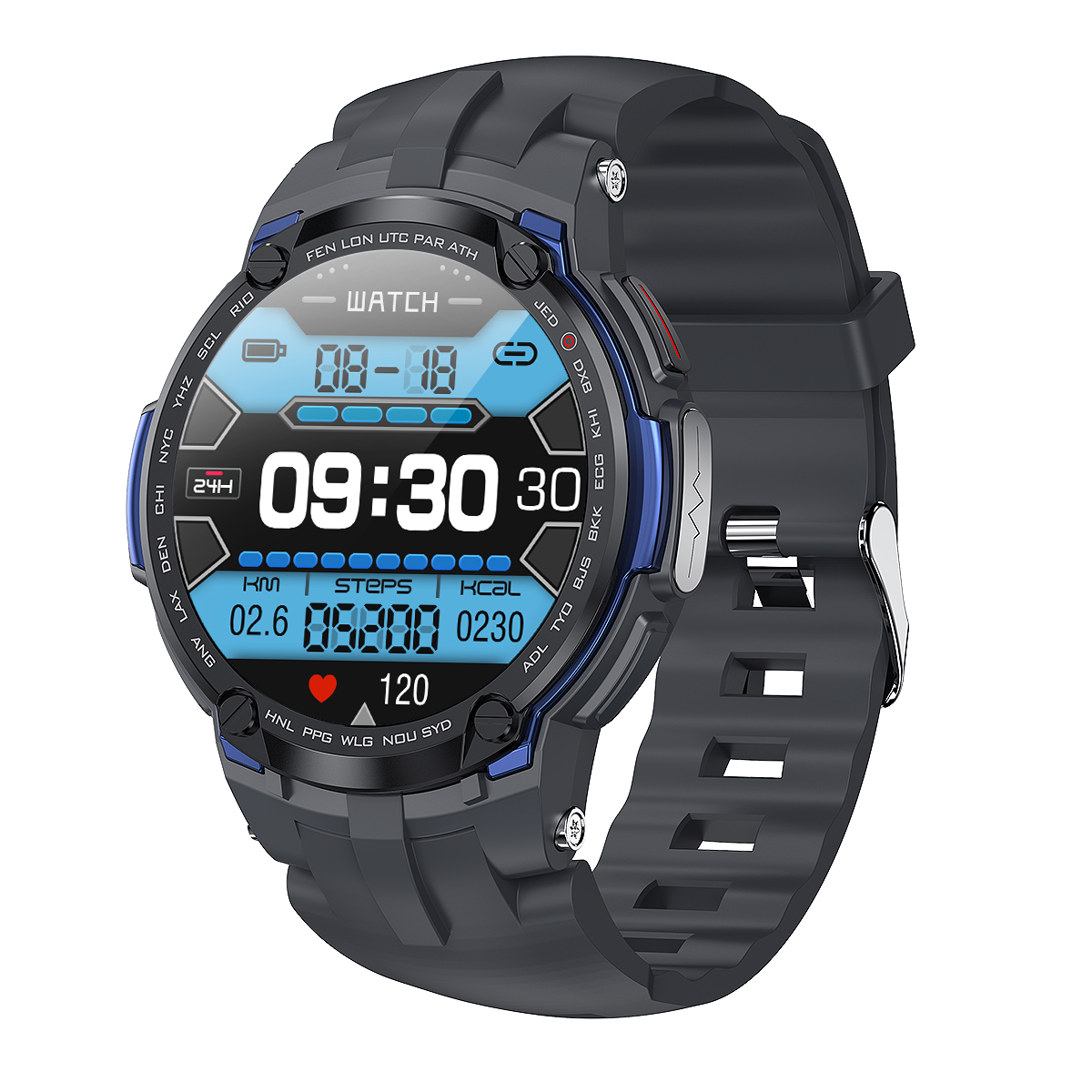Welcome to the official website of Shenzhen Yinsu Intelligent Technology Co., Ltd.
National Service Hotline:+8618927439160 / +86-755-84118220
Smart wearable fashion items, is it an "IQ tax"?
- Time of issue:2021-08-19
Smart wearable fashion items, is it an "IQ tax"?
(Summary description)The major changes that digital technology has brought to life can be regarded as the most profound and long-lasting one on smartphones. But in the past ten years, some people have been thinking about whether physical objects can also become part of information interaction. For example, you can perform digital activities without relying on the screen, keyboard, mouse, etc.
- Time of issue:2021-08-19
The major changes that digital technology has brought to life are the most profound and long-lasting on smartphones. But in the past ten years, some people have been thinking about whether physical objects can also become part of information interaction. For example, you can perform digital activities without relying on the screen, keyboard, mouse, etc.
This concept also brings smart hardware, especially wearable devices a> the prosperity. But after experiencing the mixed industry competition and the big wave of the market test, the smart wearable device industry has shown obvious changes.
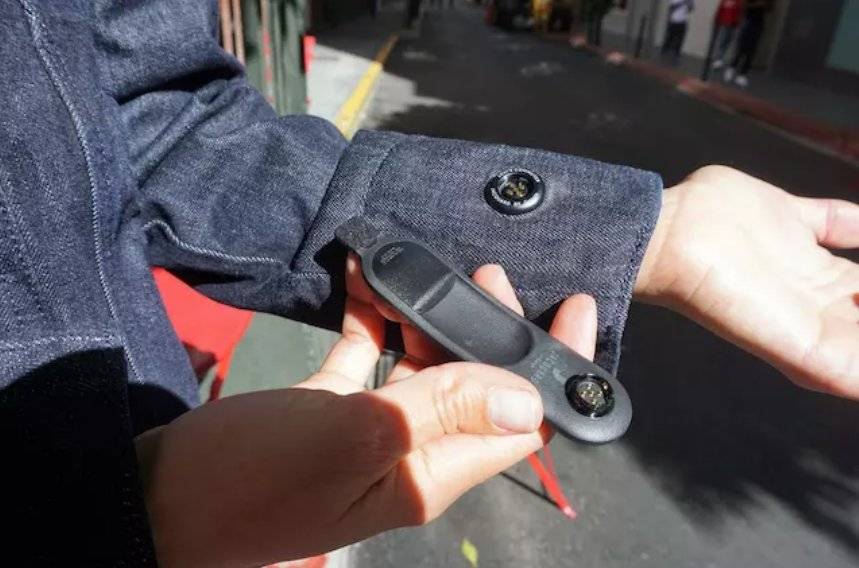
As a result, Ivan Poupyrev, the head of Google’s Advanced Technology and Planning Department (ATAP), at the TED conference, once again tried to “Amway” equipped with computing chips In the smart jacket, it is not praise, but a face slap.
The collision between wearable devices and fashion, is the ending destined to be tasteless?
“Start again” What is the difference between Google Smart Clothing?
At the TED conference, Ivan Poupyrev, the head of Google’s advanced technology and planning department, wore a Commuter Trucker that collaborated with denim brand Levi's to show them The latest smart clothes.
He put a piece of Google’s Jacquard chip into the sleeve of the jacket, and switched to the next PPT by manipulating the left-hand cuff to slide outwards.
This matter was brought about by the breakthrough of the chip. This Jacquard chip is very small in size, similar in size to the knuckles of a finger, and can be bent and folded, and can connect physical objects with cloud computing to realize control functions such as recognizing gestures. In terms of battery life, Google said that this device can be used for two weeks on a single charge.
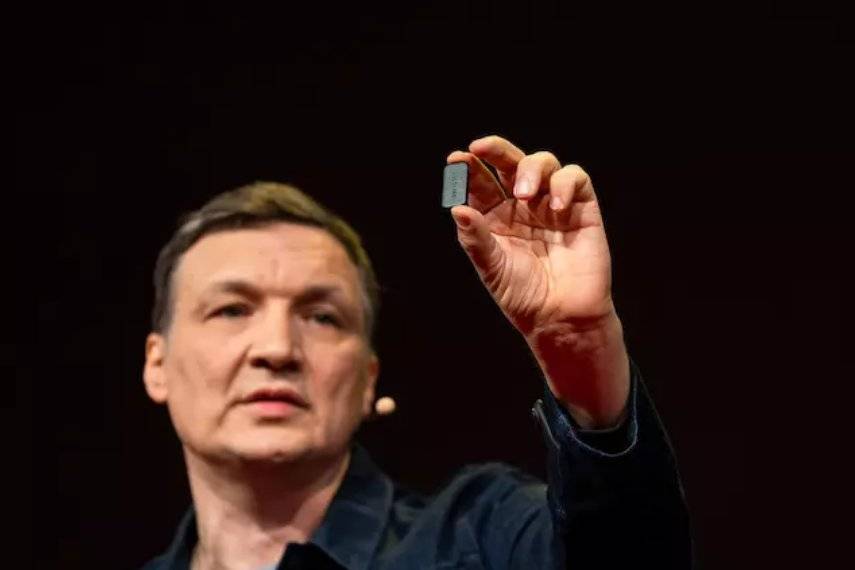
The clothes are made of a special conductive and waterproof fabric. You can complete multiple associations by double-clicking the sleeve, sliding inward, and sliding outward. Operation. Levi's also launched a matching application, connect the clothes to the phone with Bluetooth, you can customize its functions, such as playing music by double-clicking the cuff. If the phone calls suddenly, or suddenly plays music, you can press and hold the cuff with your palm to initiate quick mute.
In fact, since the cooperation of this product in 2017, the market feedback has been unremarkable.
Because these things that a smart watch can do, after being added to the clothes, the price is as high as 350 US dollars, or about 2,300 yuan. Moreover, you can't just wear the same clothes every day in order to enjoy the sense of identity of "geeks"?
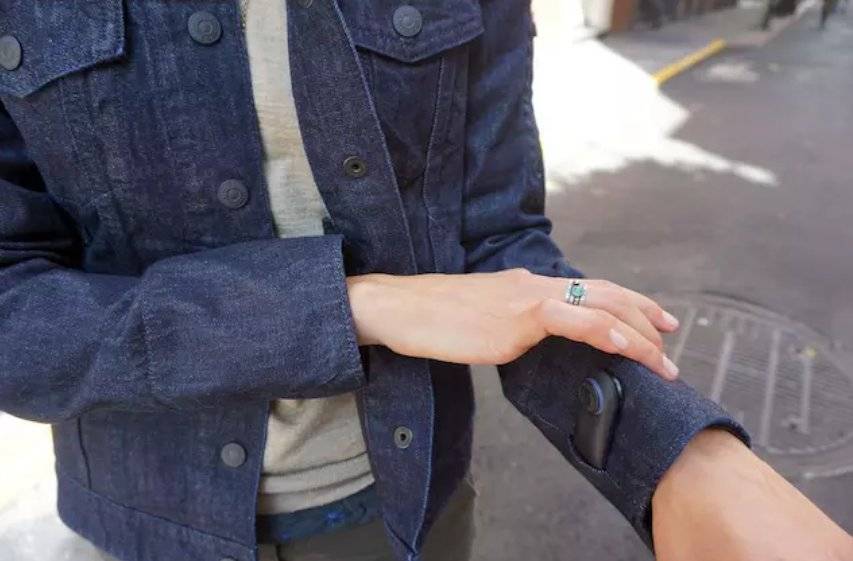
The idea of putting smart chips into clothing is not exclusive to Google. In fact, in 2014 there was a "smart clothing" capable of detecting body functions. Such as ATHOS training clothes, Sensoria socks and sweaters, and even the traditional fashion brand Ralph Lauren has launched similar cross-border items.
These clothes have a lot of built-in sensors to measure heart rate, breathing rate, muscle movement, etc., claiming that the test results are more accurate than smart bracelets. At that time, an analysis company issued a report that by 2020, the annual sales of smart clothing could reach 10 million, far higher than the 140,000 in 2013.
The result is obvious, less than a few months before 2020, wearable smart clothing still has no "flying into the homes of ordinary people", and in 2013 The "140,000 pieces" that ignited the "fire" were actually contracted by professional athletes.

False demand, no practical value, and low technological maturity are the biggest shortcomings of smart wearable devices. Can an alliance with fashion change these weaknesses? From the category of "smart clothing", it seems difficult to draw a certain conclusion.
However, from the updated Google wearable devices, we can see some new ideas. For example:
1. Miniaturization and foldability of electronic components.
Traditional “smart clothing” If you want to achieve certain function management, often need to load a lot of electronic components. In the case of ATHOS training clothes, a set of clothes integrates 3 types of 32 sensors, making it difficult to bring a comfortable experience. And Ivan Poupyrev's Jacquard chip was built on the basis of Project Soli in 2015. Project Soli is a radar chip close to the size of a fingernail, which detects the surrounding environment through radio wave reflection and is approved for use on airplanes. Therefore, the Jacquard chip has stronger application adaptability regardless of its size or physical form.
2. Effective intelligence brought by cloud computing + AI.
Opponents of smart hardware hold a view that almost all wearable devices are built by a fixed model, that is, anything + sensor + chip +A certain network connection method, such as Bluetooth, 2345G, WIFI, NFC, etc., this "Internet of Everything" data collection and processing not only fails to generate added value, but often becomes interference.
But the situation is changing. With the breakthrough of microcomputer chips and cloud computing technologies, the current microchips can already provide real-time large-scale data, such as those developed by MIT. It can process real-time camera images at 171 frames per second. Google's Jacquard chip can handle complex problems by connecting with cloud computing. At present, Google is planning to enhance clothing recognition of different gestures such as people holding their heads with hands and interlocking fingers, as well as visualizing the feedback when plants are touched.
Ivan Poupyrev said:“When your core is put into different objects, it will recognize the area you inserted and reconfigure itself to Those specific objects enable specific functions. "It can be said that the sinking of cloud computing and AI capabilities is making wearable devices truly "smart".
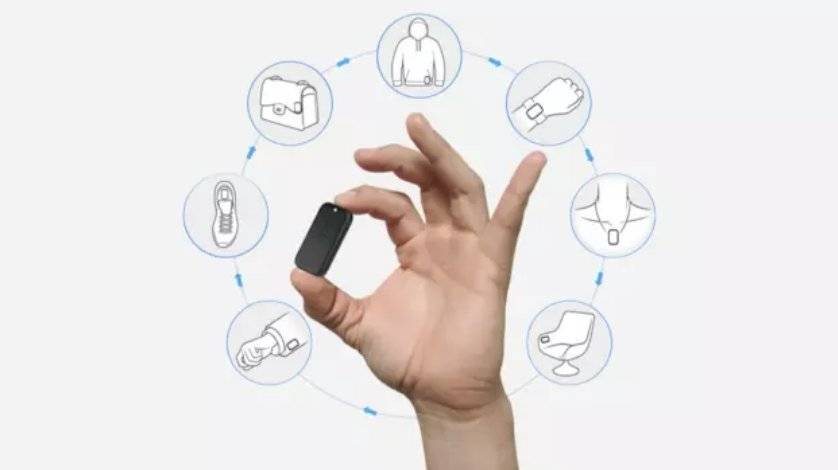
3. The benign transformation of commercial landing.
tell you a ghost story——“ecology”.
The business model represented by these two words now seems to be either a technology game played by giants, or a capital game that draws cakes to fill their hunger and collect IQ taxes. , But a few years ago, almost all smart wearable devices played this business model. Cut into a certain market segment with hardware, combine (very small) big data to build a community, and realize a "ecological platform" combining software and hardware through content + services (such as medical treatment, courses, etc.).
After the market has opened up wasteland, this highly similar "ghost story" is difficult to continue to usher in a break. Where are the new business prospects? Google's traditional path of combining fashion items with smart hardware may bring new inspiration. Using the volume of physical goods such as clothing to realize large-scale production of smart clothing and shoes, and turning technical prototypes into low-cost and practically usable technologies is undoubtedly a new opportunity for wearable devices.
The wearable device that is working hard, still can’t escape the cooling-off period
Of course, these new changes do not mean that the market can quickly recover and flourish. In fact, it is still very difficult to promote this new type of smart wearable device.
First of all, the smartness of wearable devices is different from that of mobile phones. There are too many alternatives, and its update iterations and technical added value are difficult to be real by consumers. Perceived. At least so far, the functions we have seen on Google Smart Jackets are still very limited. Swiping a PPT and playing music is obviously not an attractive selling point for consumers. On this basis, if the price is much higher than other similar products, it is obviously impossible to obtain large-scale users.
In addition, smart behavior often requires a lot of data as support. Google’s smart jackets have been continuously upgraded. Last year, they also launched collections, Uber and Lyft drivers to send reminders when receiving orders, but this has also become a concern for users. Ivan Poupyrev said that Google currently saves the information collected by the Jacquard chip, but how to process and apply them is also a key factor hindering users from trying.
What’s more, since the type and scale of data that can be collected by a single hardware are very limited, true intelligence must rely on the collection and data sharing of multiple smart hardware devices. To achieve this, even with a volume such as Apple and Google, it is necessary to choose a decentralized way to “group”.
How to transfer user data and privacy in the multi-hardware linkage “ecology”, as long as there is no effective constraint by third-party institutions and open standards, I’m afraid Consumers will maintain a wait-and-see attitude.
Is it a good idea to align wearable devices with fashion?
When wearable devices begin to pursue their own use value, they will fall into an unsolvable proposition: it itself is not based on "just need". The origin exists.
If you want to give these smart hardware a definition, it must not be "just needed products", but to help people's lives more comfortable and convenient. Therefore, it can never become an indispensable part of life like ordinary clothing and footwear. Instead, it becomes the identity of a group or circle through its special function, shape, and cultural symbols.
Just like Jobs’s positioning for Apple, Apple does continue to allow smart phones, watches, earphones and other products that were originally targeted at technology enthusiasts and sports people to move towards To a broader consumer market.
As a result, a large number of smart hardware manufacturers also began to find their own trend icons and inspirational muse, trying to use "fashion" as a content tool to create market penetration .
An interesting phenomenon is that the smart running shoes that Nike and Adidas have successively abandoned have also been re-launched to the market under the face of Li Ning and Xiaomi designers; because they cannot reach Medical-grade health management hardware that declares coolness is also "resurrecting" in the image of jewellery; for example, gem necklaces that can send out sedentary reminders and UV detection, and Ringly smart rings that can be connected to smart phones, integrated power motors Belty smart belt that can adjust elasticity and so on……
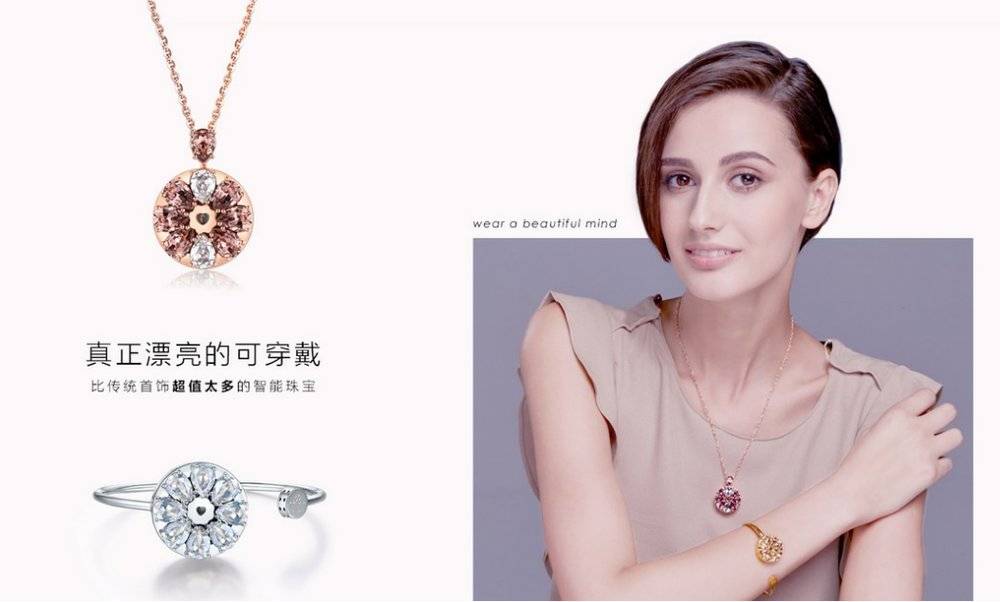
In the process of fashioning wearable devices, technology companies seem to be caught in a collective contradiction——the contradiction between functionality and appearance.
As the founder of Ringly smart bracelet advocates, these fashion smart items refuse to become complex mechanical devices, but go to the other extreme— —“Design-based”. Developers hope that even if they don't have any functions, they can attract consumers (mainly girls) to buy them based on their appearance.
We have no way of knowing that if they disguise themselves as fashion items, if they lose their unique smart functions, how will potential users be attracted by them? If more functions are added, how to solve the restrictions on electronic components such as single product design and material. Sometimes, these products are often added with physical "special effects" such as lights and motors (used to prompt mobile phone information). It is really difficult for people to truly say "more beautiful than traditional jewelry". .
The reason for this dislocation is ultimately due to the very different logic between traditional fashion brands and technology companies.
In recent years, more and more fashion brands have begun to move closer to technology. But this kind of closeness is more embodied as a kind of self-absorption of cultural symbols. For example, let drones replace supermodels, “carry”bags for “walk show”show; or introduce virtual reality technology to show customers the new season fashion show, or launch“smart skin patch ” such as beauty hardware.
In essence, traditional fashion brands do not regard technological products as part of their business, and the introduction of these features of “intelligence”“technology” It's just that they stay close to their customers and fans and communicate with them in a modern and trendy way.
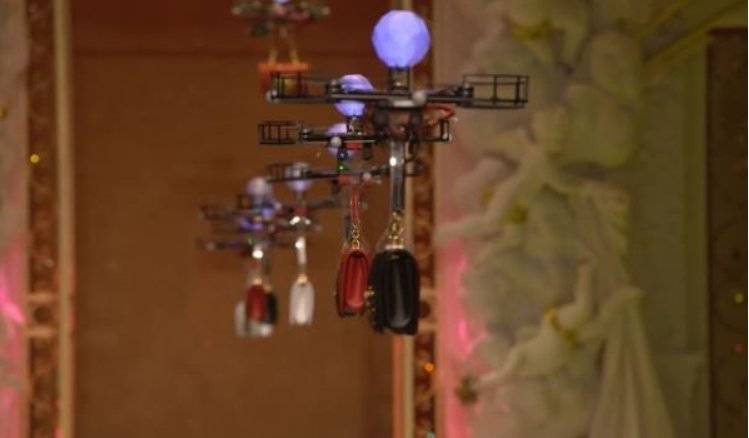
In contrast, the "fashionization" of technology companies is a bit logically confusing. Various companies are vying to work hard on design, and they have spent a lot of money trying to play "cross-border" plating gold with fashion and luxury goods companies, but they have forgotten that the top-down model of the traditional fashion circle cannot be applied to smart wearables. Product. Treating smart products in this way is basically the same as Apple's luxury strategy, which is self-defeating.
In other words, it’s not technology or fashion that prevents wearable devices from going mainstream, but the lack of clear product logic. Or, use wearable devices as "desserts" and "compelling" into a tool to communicate with users and enhance the brand's cultural attributes, and drive the growth of core business. For example, most of the fashionable hardware launched by mobile phone manufacturers have similar demands;
Either work on engineering design to solve some real pain points. Now many smart devices can’t even realize multiple rounds of dialogue and gesture recognition. It's hard to talk about creating products that users really need and are willing to "wear it out".
“It is an ideal state to have both …… and……”, but it will only make smart wearable hardware companies unable to To please the picky geeks, but also unable to win the favor of fashion trenders, and eventually get farther and farther away from the real consumer market.
National Service Hotline
+8618927439160
Phone:+8618138419185 / +8618927439160
Tel:+86-755-84118220
Mail:yinsukj@163.com
Address: Room 404, Longsheng Times Building, Gongye West Road, Longsheng Community, Dalang Street, Longhua District, Shenzhen
Official Account

Customer Service







